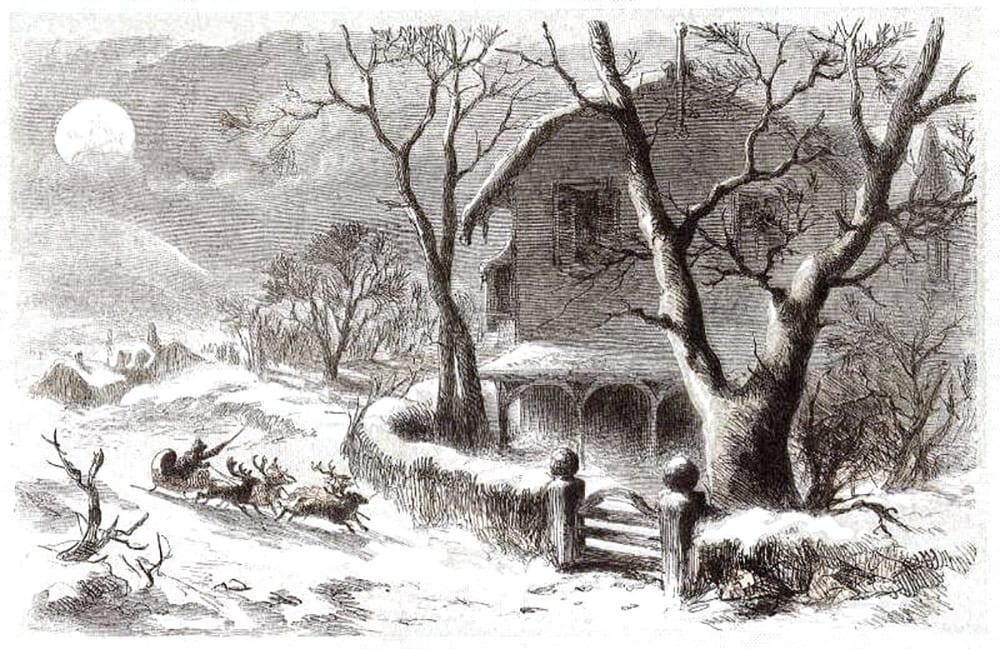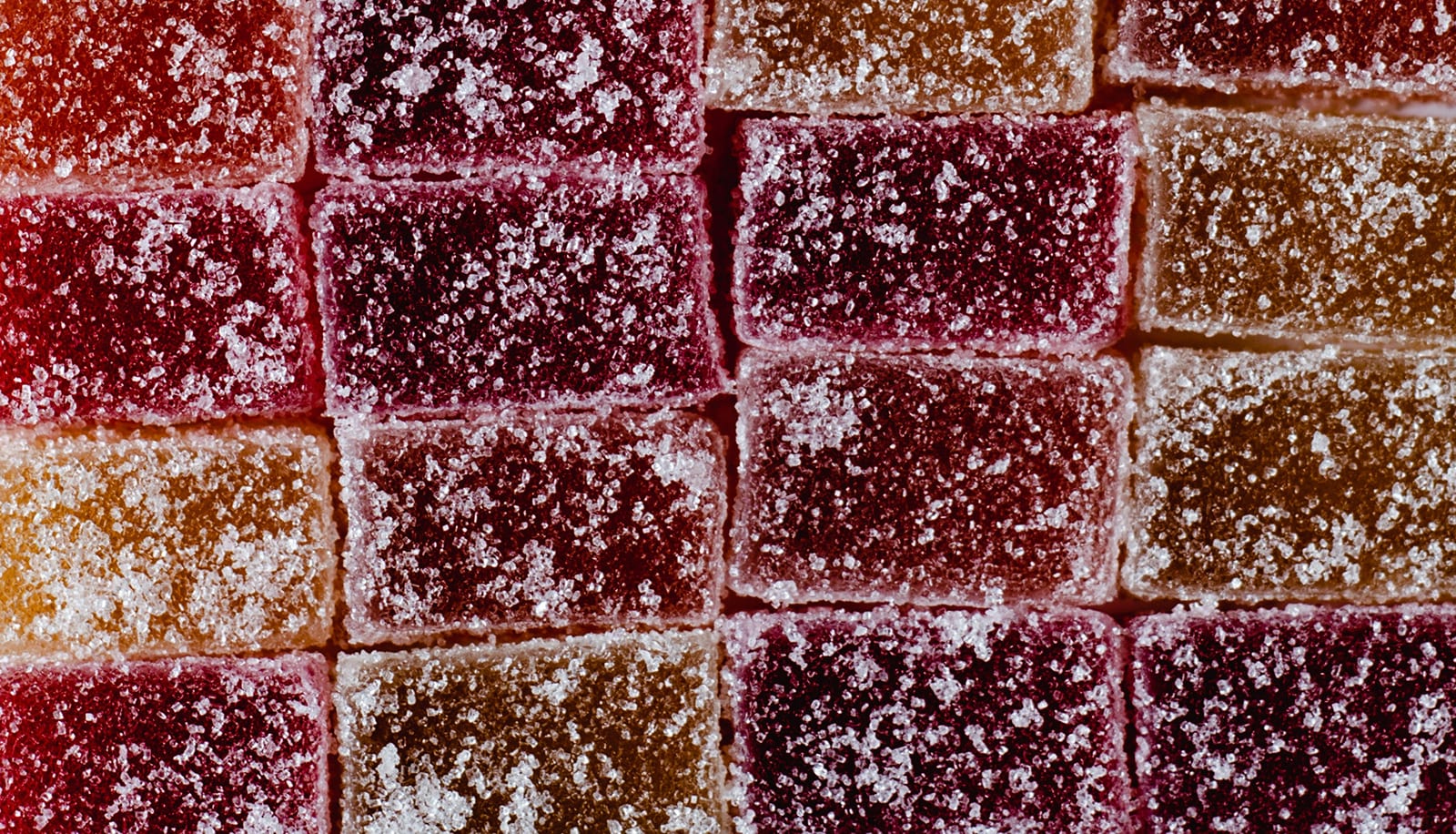But really, what is a sugar plum?
We’ve all been there, driving down the road mid-December admiring the Christmas lights when Tchaikovsky’s Dance of the Sugar Plum Fairy comes on the radio. I personally never questioned the relevancy of sugar plums in Christmas culture. After giving it some thought, though, I noticed it’s a very common holiday theme.

Photo courtesy of Elly Fairytale.
In Clement Clark Moore’s A Visit from Saint Nicholas – a.k.a T’was the Night Before Christmas – the author depicts children dreaming about sugar plums dancing. These references to sugar plums made me think… what the heck is a sugar plum and why is it dancing so much?
The Secret of the Sugar Plum Revealed
Upon initial review, I wondered if this mythical holiday treat was merely a type of fruit – perhaps a sugar-coated plum as the name might suggest. And this assumption was not altogether wrong! In the Georgian era, many people practiced preserving plums by boiling them in sugar. But the sugar plum’s meaning in Christmas culture extends much further beyond a simple preservation method.

Thomas Nast, Merry Old Santa Claus, Harper’s Weekly, January 1, 1881.
In all honesty, this Christmas classic has about as much plum in it as a prickly pear. Their appearance is about as close as they’ll ever be to holding weight as a real plum. Made with a combination of fruits, nuts, and natural sugars, the treat has a sweet, earthy taste and, as a matter of fact, is quite a healthy snack!
But Wait, There’s More!
When it comes defining the sugar plum in Christmas terms, your guess is as good as mine. Even the Oxford English Dictionary shines little to no light on this holiday mystery. They simply define the sugar plum as a “small round candy.” With this information, compounded with the treat’s 18th-century European origins, it can be deduced that sugar plums were the product of a process called “panning”.
View this post on Instagram
“Panning” was the tedious art of layering sugar over a piece of fruit or nut to create a hard shell around it – comparable to the outside of an M&M. This practice was perfected in England throughout the 18th and 19th centuries. It was predominantly used to create sweets called dragées, or comfits – what were then known as sugar plums.
The Sweetest Treat
To make the comfit, a seed or nut is placed in the center of a pan and sugar is layered around it (similar to a Jawbreaker). Depending on the size of the candies, a batch could take up to a week to complete. Subsequently, sugar plums were a cherished luxury back in the 18th and 19th centuries.

Photo courtesy of Karolina Grabowska.
Soon enough, technology advanced, making sugar plums readily accessible to the public. In every confectionary across Europe, jars were stuffed to the brim with this sweet treat. As time went on and variations of the sugar plum grew in popularity, the term was generalized to refer to all small round candies.
Literary Term, Candy, or Both?
Interestingly, this search for meaning behind the sugar plum forces us to merge literary symbolism with Georgian era culinary practices. While the candy once had a tangible definition, sugar plums quickly morphed into an abstract concept. The term was widely adopted in popular vernacular of the time, used to refer to everything sweet and wonderful in the world.

Photo courtesy of Pixabay.
Now that we know the sugar plum became an understood symbol for all things sumptuous and saccharine, it’s clear why Tchaikovsky appointed the Sugar Plum Fairy as ruler over the Land of Sweets. She is the physical embodiment of joy and compassion – a personification of the sugar plum.
-
What is a Sugar Plum: A Vision of Comfort
Similarly, the line “visions of sugar plums danced in their heads” from Clement Clark Moore’s A Visit from Saint Nicholas uses the sugar plum as a plot device. The expression helps create a cheery atmosphere in the reader’s head. The sugar plum brings with it feelings of warmth, delight, and perhaps a hint of comfort – perfect for a holiday bedtime story.
-

F. O. C. Darley illustration in A Visit From Saint Nicholas by Clement Clark Moore, 1862, print.
An Answer at Last
So the next time you’re listening to The Dance of the Sugar Plum Fairy, perhaps it’ll make a bit more sense. You can now understand the pure joy of the ballerina’s role as she flutters from note to note.

Photo courtesy of Jeswin.
I believe that the sugar plum was a gift, in a sense, that allowed Tchaikovsky’s audience to have a momentary taste of childlike wonder. I started this article curious as to why sugar plums are always dancing. Now I realize that if I was half as sweet as a sugar plum, I would want to dance too.
Written by Rachel Castellani

